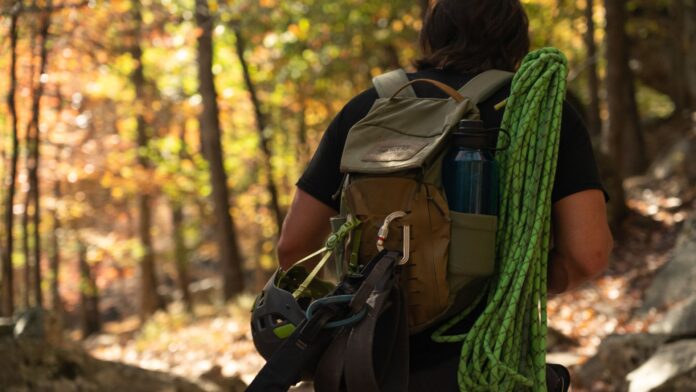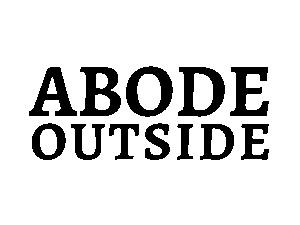When it comes to planning an outdoor adventure, choosing the right hiking gear is one of the most important steps you can take. On a recent trip along the Maah Daah Hey Trail in North Dakota, Backpacking TV host Mike Fink shared his top three pieces of equipment that could make the difference between a fun adventure and a serious emergency. Wide open landscapes and remote trails are incredible to explore, but their isolation makes carrying the right gear non-negotiable.

Hiking Gear Must-Have: Satellite Communicator or Locator Beacon
One of the most crucial pieces of hiking gear is a satellite communicator or personal locator beacon (PLB). In areas with no cell service, these devices connect you to satellites so you can send out messages, or in emergencies, activate an SOS alert. Mike highlighted the Zoleo satellite communicator, which pairs with your phone to let you stay connected even in the most remote backcountry.
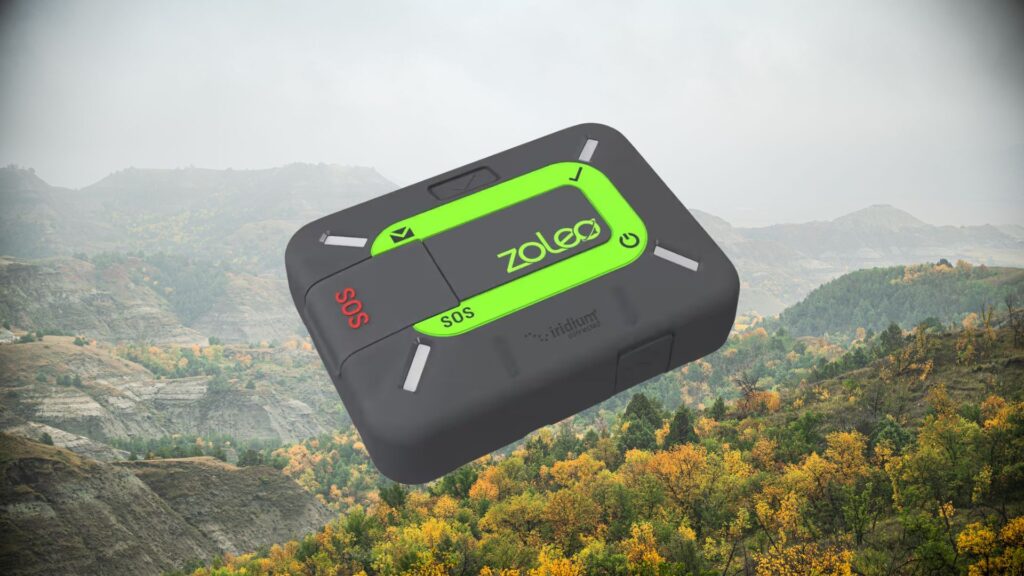
While a PLB is more limited, functioning only as an SOS signal and it doesn’t require ongoing subscription fees. A communicator like Zoleo, on the other hand, may cost about $20 per month for a basic plan. Both options provide peace of mind, and either can be a literal lifesaver when venturing far from civilization.
Gear Essential: Portable Water Filter
Even if you think you’ve packed enough water, things can change quickly in the wilderness. That’s why a portable water filter is one of the smartest additions to your hiking gear. Unlike larger filtration systems that can be bulky, compact filters, like the Platypus model Mike recommends, are lightweight, simple to use, and small enough to forget they’re even in your bag.
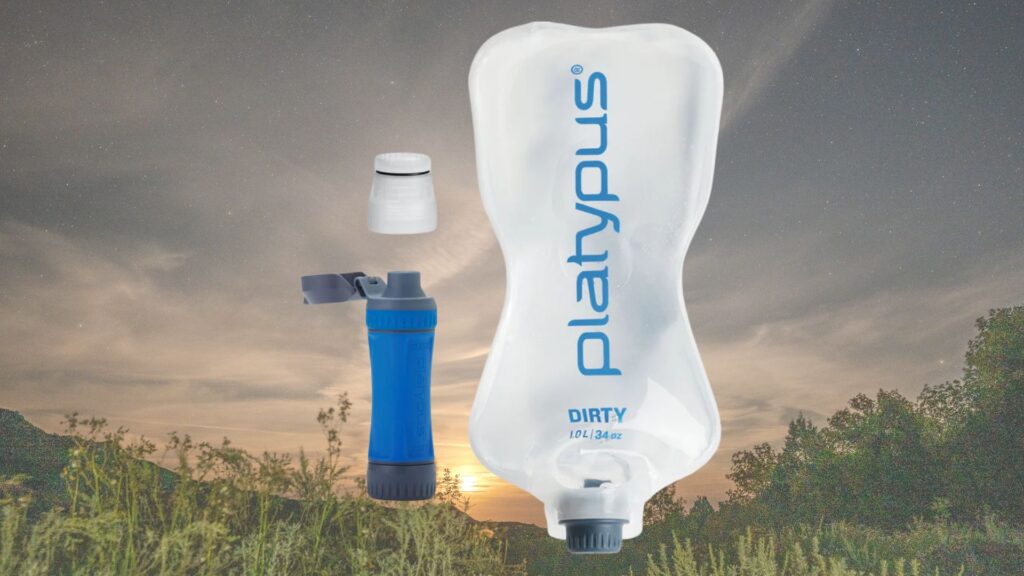
In an emergency, you can scoop up water from a creek or river, attach the filter, and safely drink. For an item that takes up so little space, it offers huge benefits in terms of safety and peace of mind.
Reliable Headlamp: Hiking Gear You Shouldn’t Skip
The third must-have item is a dependable headlamp. While rechargeable models are environmentally friendly, they can leave you stranded if you forget to recharge before a trip. That’s why Mike suggests carrying a hybrid headlamp that works with both rechargeable packs and replaceable AAA batteries.
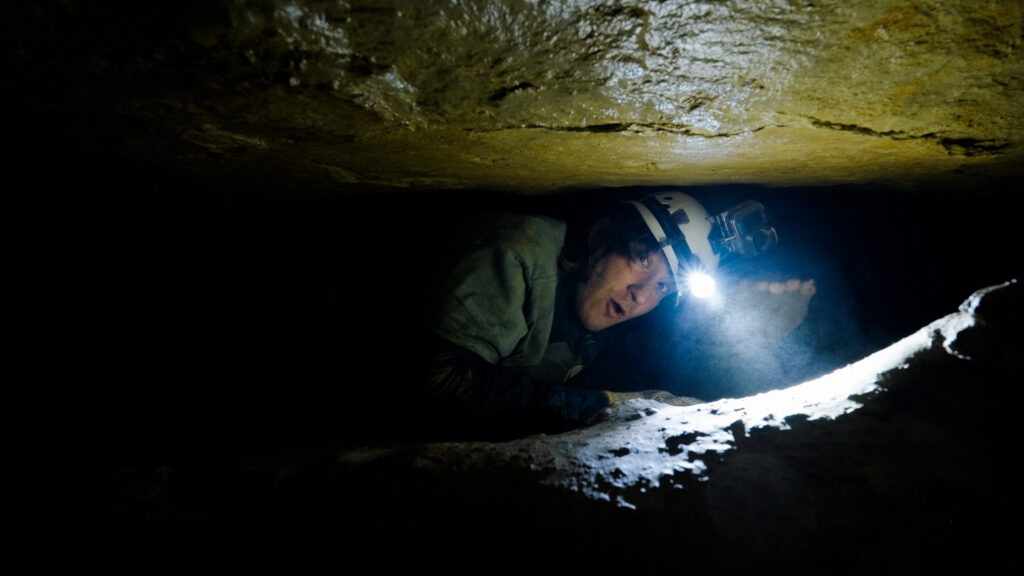
Being able to swap batteries on the trail ensures you’re never stuck in the dark. A reliable light source should live in your pack at all times, even for short day hikes—you never know when plans will change or emergencies will arise.
Safety Starts in Your Pack
Every outdoor adventure comes with unknowns, but carrying the right hiking gear can make all the difference. A satellite communicator or PLB, a portable water filter, and a hybrid headlamp are three compact, lightweight, and potentially life-saving tools worth keeping in your pack year-round.
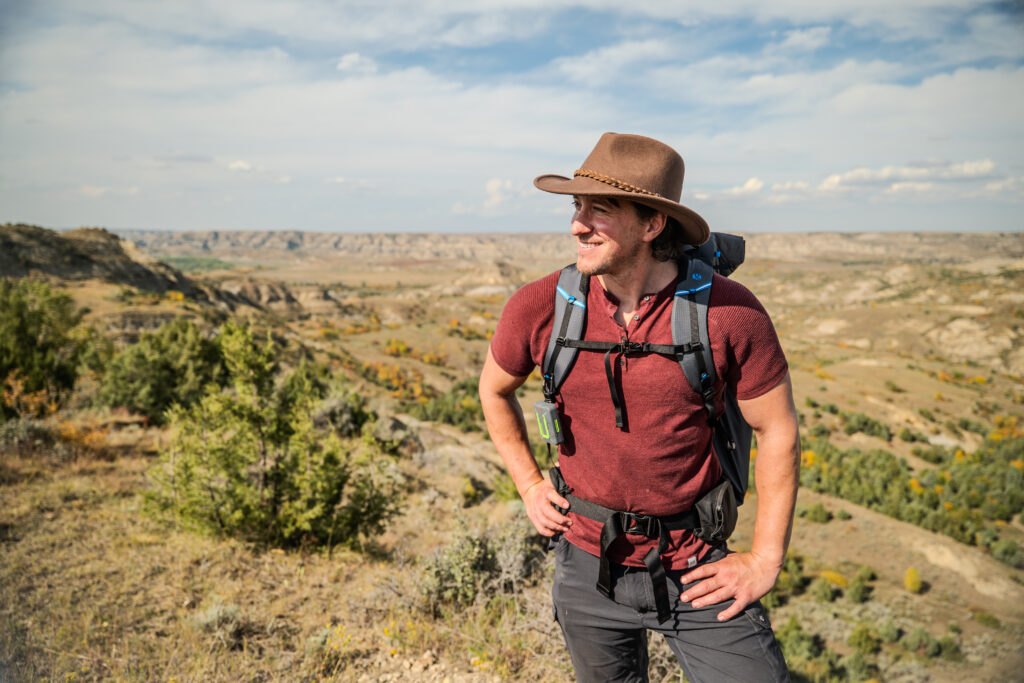
As Mike emphasizes, it’s not about the length or difficulty of your hike, things happen. Having the right gear ensures you’re ready when they do.
To ensure you’ve got all the essentials and room to carry them, check out this quick guide on choosing the right backpack size for your adventures.



